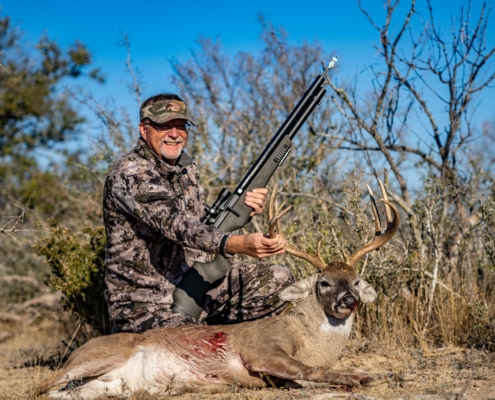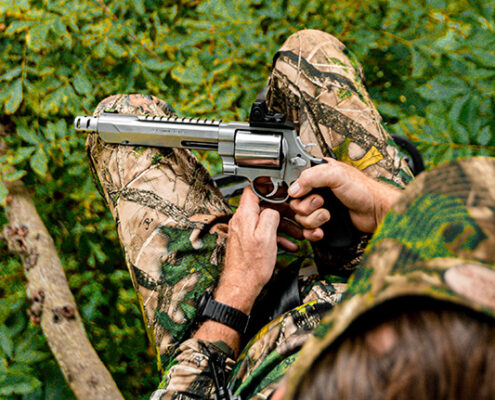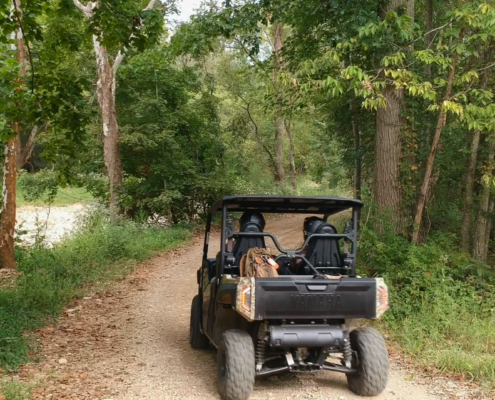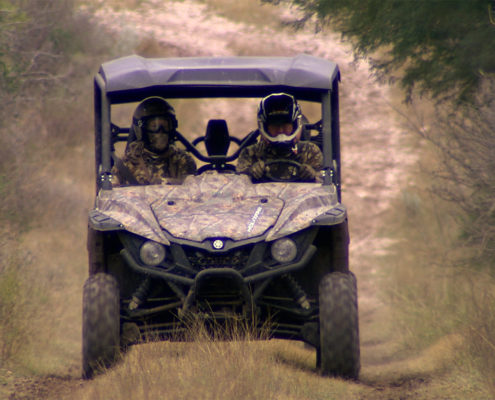Posts

The Thrill of Hunting with the Umarex AirSaber Elite X2
Discover the Umarex AirSaber Elite X2, a revolutionary air gun that extends your hunting season with ease of use, dual barrels, and impressive accuracy.

What Handguns to Use for Hunting Whitetail
by Wade Middleton
Learn What Models Wade Uses for Handgun…

YAMAHA’S WOLVERINE X2 NAMED FIELD AND STREAM MAGAZINE’S BEST OF THE BEST!
Yamaha Motor Corp., USA, has earned the 2018 Field…

When Should You Head To Your Deer Stand?
When should I get to my stand and how early is too early? Two…
